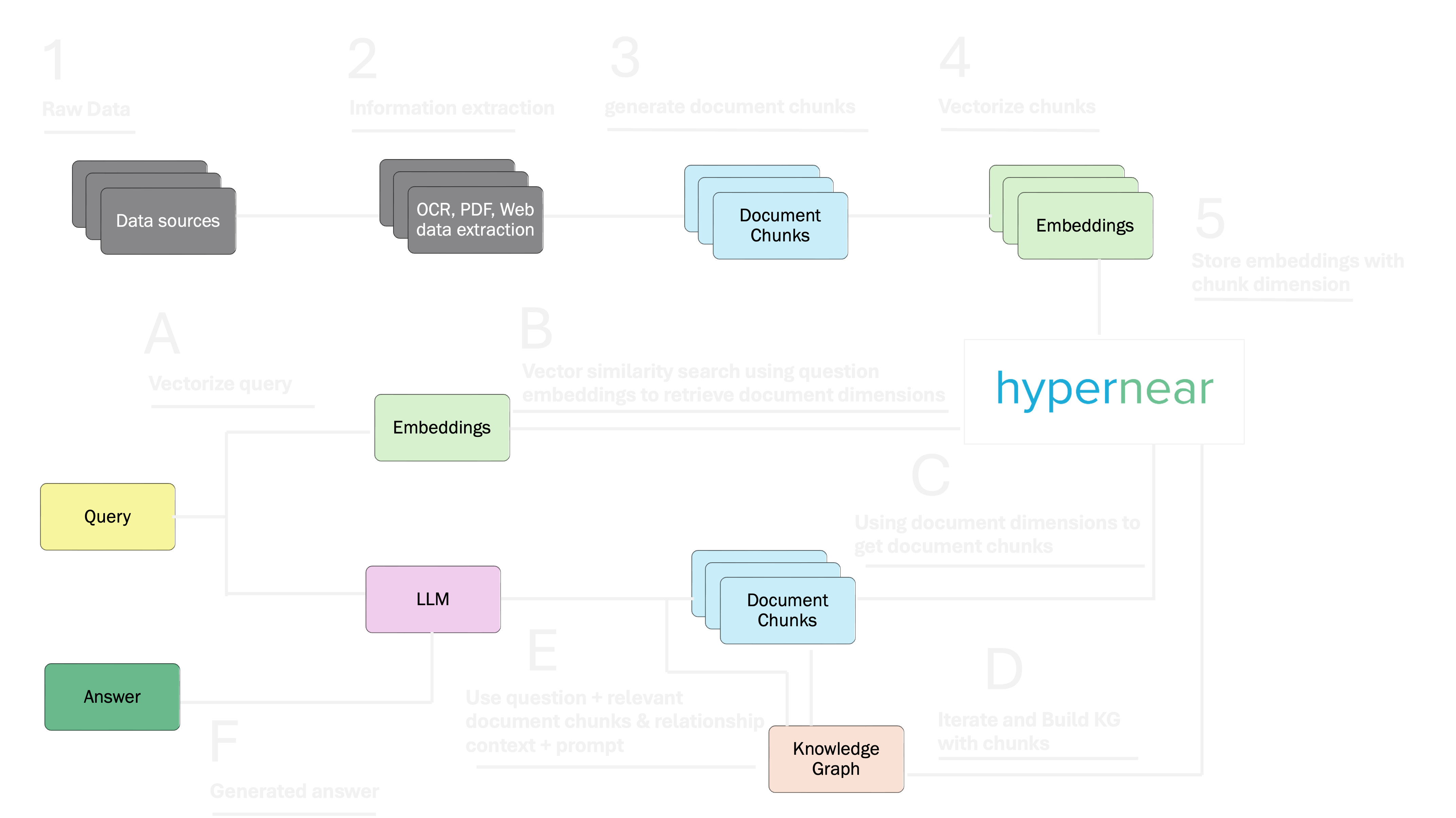Privacy Policy
Before we delve further into this blog, let's first go through the definition of Causality as per wikipedia - "Causality is an influence by which one event, process, state, or object (a cause) contributes to the production of another event, process, state, or object (an effect) where the cause is partly responsible for the effect, and the effect is partly dependent on the cause."
Businesses strive for climbing these 3 rungs of Causal reasoning
Judea Pearl's "The Book of Why" categorises 3 major milestones
"Association", which is associations between variables, involves activities like - Seeing and Observing.
01
"Intervention", how this interference affect the probability of the outcome, involves activities like - Doing and Intervening.
02
"Counterfactuals", involves answering questions which ask what might have been, had circumstances been different, involves activities like - Imagining, Retrospection and Understanding.
03

An example of 'Association' reasoning on this first rung is the observation that a crowing rooster is associated with the sunrise. However, this kind of reasoning cannot describe causal relations. For example, we cannot say whether the sunrise causes the rooster to crow, or whether the rooster causes the sun to rise.
An example of 'Intervention' on second rung is reasoning the question does smoking increase my chance of lung cancer? exists on the second level of the ladder of causation. This kind of reasoning invokes causality and can be used to investigate more questions than the reasoning of the first rung.
The third rung of the ladder of causation is labelled 'Counterfactuals' and involves answering questions which ask what might have been, had circumstances been different. Such reasoning invokes causality to a greater degree than the previous level. An example counterfactual question given in the book is Would Kennedy be alive if Oswald had not killed him? What if I had not smoked for the last 2 years? It involves activities like - Imagining, Retrospection and Understanding.
LLM and Causal Reasoning
How far up LLM climb this AI ladder?
Mastering each rung in causal reasoning is a major milestone,
Association
LLMs use statistical correlations, they already excel in the first rung where data driven perspective using “Association”.
Intervention and counterfactuals
They struggle when reasoning invokes causality to a greater degree specially when third rung of ‘counterfactuals’ or unexpected events being factored in.
Business needs
Businesses need to not only factor in correlations but for making optimal decisions they also need to gauge the impact of interventions and unexpected events.
Vector Database and LLM
Vector databases are ideal when dealing with large volumes of unstructured data, such as text, images, or audio. They’re particularly effective in capturing the semantic meaning of such data. To continuously enhance associational reasoning, continuous training of LLMs on new up-to-date data is important. Retrieval systems based on vector embeddings can also provide recent real-world information to complement pre-trained LLM knowledge.
Knowledge Graph and LLM
Knowledge graphs provide symbolic representations while LLMs offer contextual reasoning. Knowledge Graphs equip LLMs with the ability to perform complex causal reasoning. The injection of knowledge improves factual correctness.
KG-hypernear-LLM

Combining hypernear - Vector Database with Knowledge Graph further strengthens the quality of causality in AI reasoning. The combined advantages make a compelling case for knowledge graph-vector database-LLM hybrids in building the next generation of intelligent retrieval systems. Knowledge graphs plays their strength of equipping LLMs with structured knowledge, there is a tremendous.value add in combining KGs with vector systems in retrieval-augmented systems. While KGs are beneficial for equipping LLMs with structured knowledge, there is potential value in combining graphs with vector search technologies in retrieval-augmented systems. Vector search using embeddings provides efficient similarity-based retrieval over unstructured textual data, combining vector search with knowledge graph complement the symbolic logic and relationships modelled by KG.

